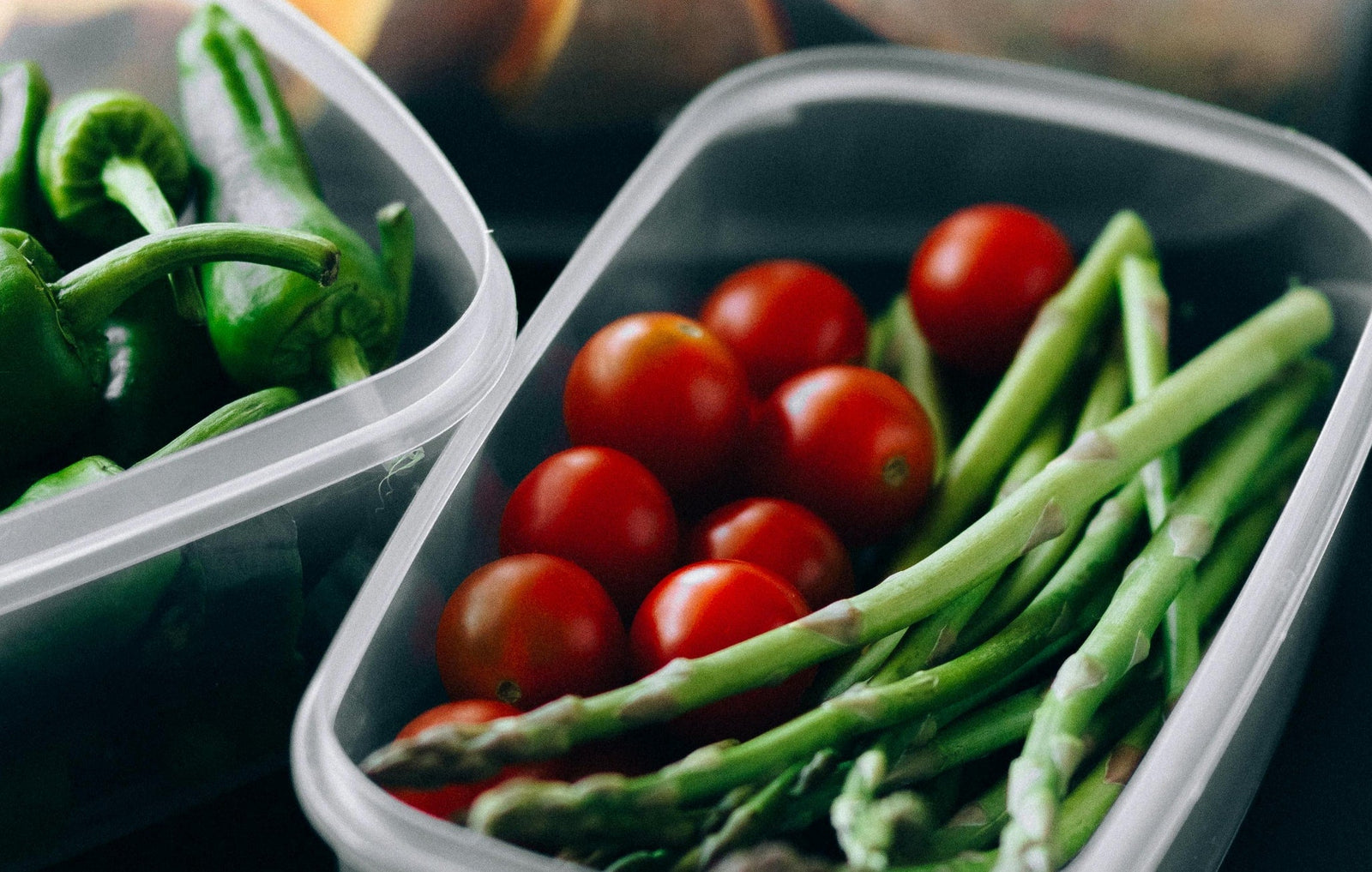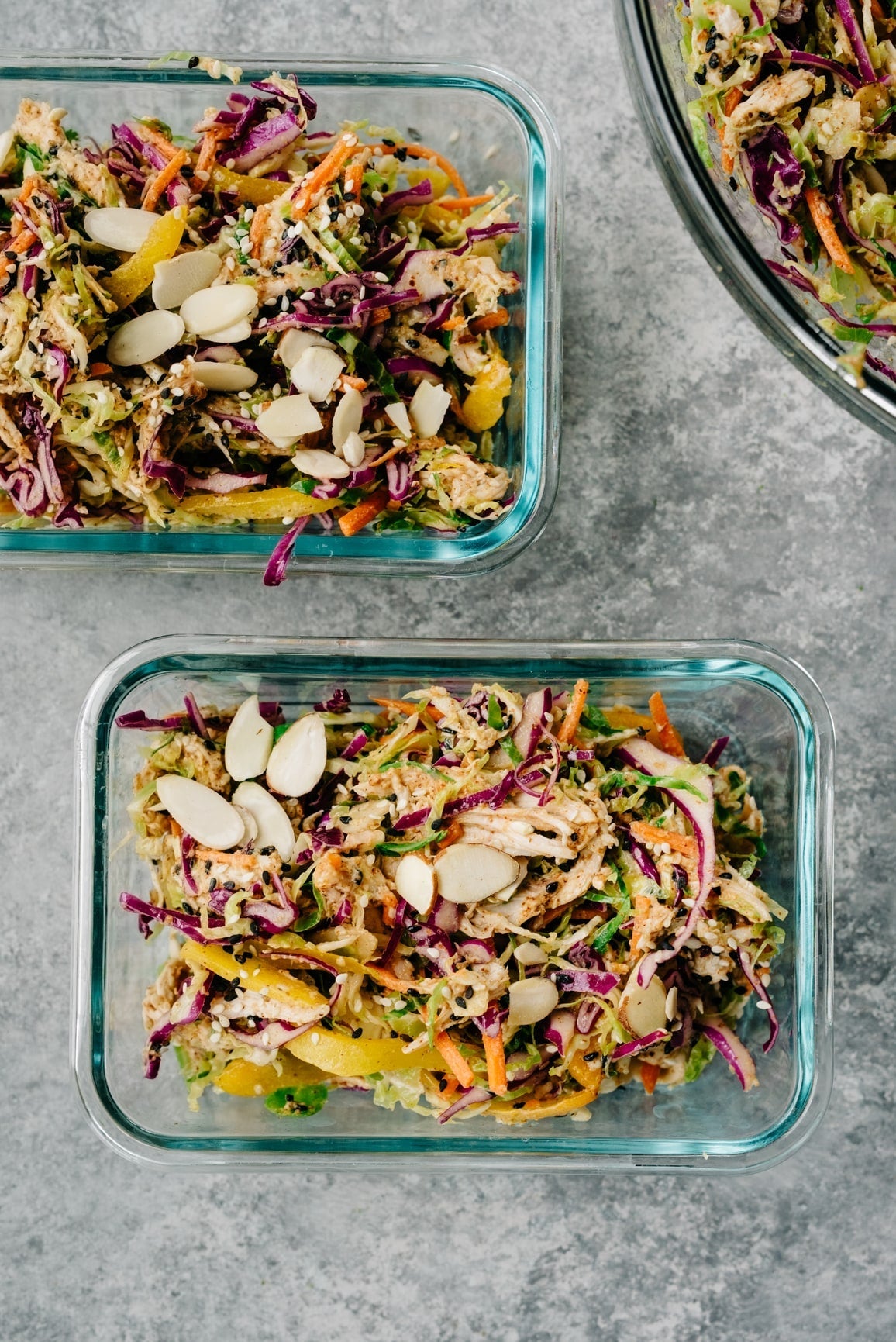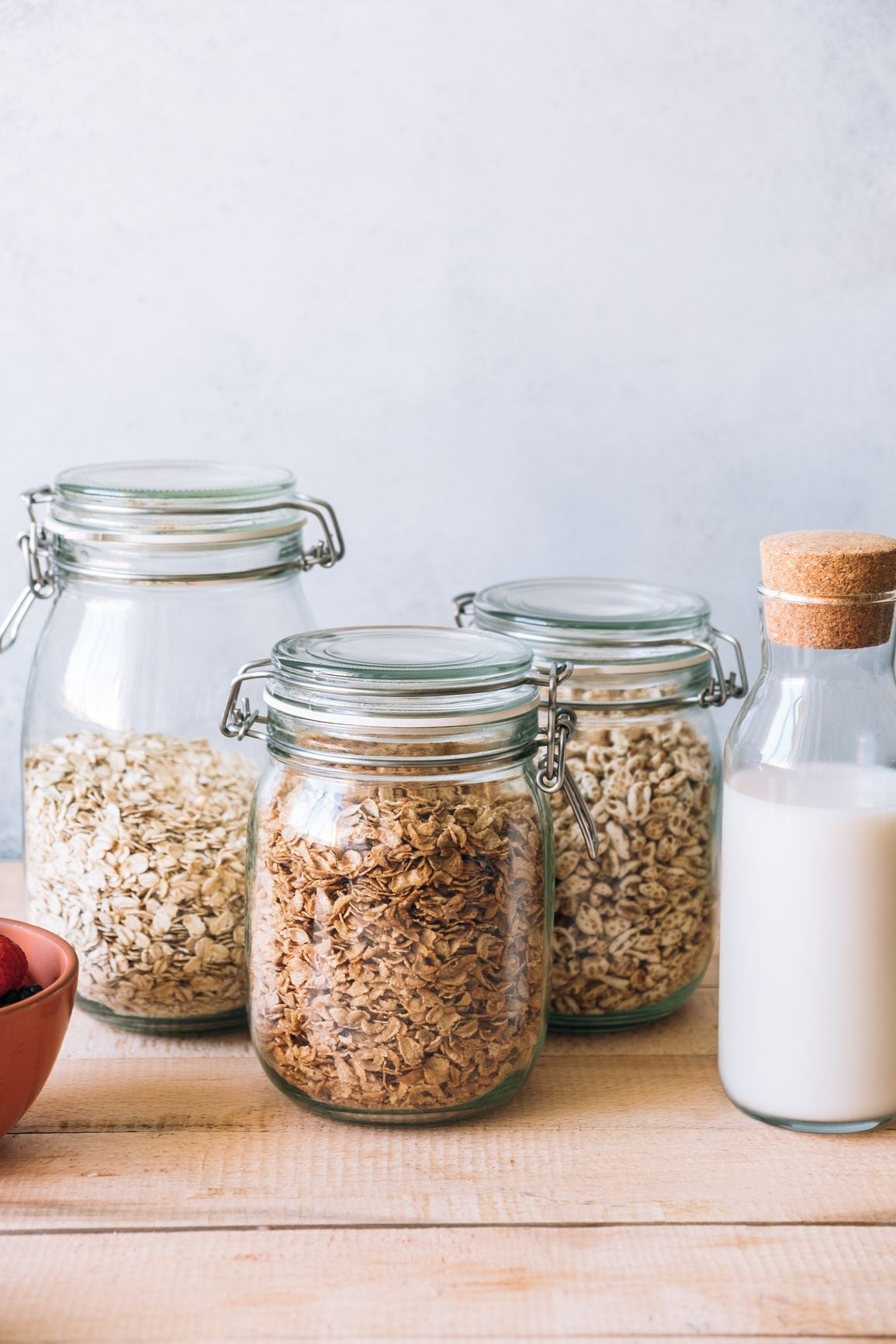How to Remove and Replace BPA in Your Household

This article focuses on plastics, the fourth category to remove in our "TosstheToxins" to Create a Healthy Home Series!
And please remember! This series on reducing chemical exposure is designed to put you in a position of power instead of ignorance.
Knowledge enables us to make informed choices that can make a huge difference in our health and that of those we love.
We all cast our votes each time we shop, and you will see in this article an example of the power of the consumer.
BPA: A Brief History
Bisphenol A, or BPA, is a stealth chemical with a long history that would not even be a matter of discussion today if human health had been a priority in industry.(1)
Chemists created BPA in 1891 and it was first recognized to have estrogenic activity by Edward Charles Dodds in the 1930’s.
At that time, BPA was passed over as a pharmaceutical hormone with the invention of diethylstilbestrol (DES) which was later taken off the market when it was linked to reproductive cancers.
The similar toxic properties now confirmed for BPA were not even considered in the 1950s when it began to be used in the commercial production of polycarbonate plastic and epoxy resins.
Now, BPA, a known endocrine disruptor,(3) is one of the highest volume chemicals produced worldwide, with over 6 billion pounds produced each year.
It is not only found in BPA-based plastics and resins, but studies show that it is present in most everyone’s body (4) (including the fetus) in the United States.(5)
Sources & Health Effects of BPA Exposure
BPA is considered a worldwide ubiquitous chemical and has become one of the most widely studied chemicals on the planet.
It is used in epoxy resins and in hard clear nearly unbreakable plastics called polycarbonate.
BPA may be found in reusable water bottles, plastic table ware, lids, bottle tops, coffee makers, food and storage containers, linings of food and beverage cans, epoxy resins, dental sealants, medical equipment, cash register receipts, linings of water supply pipes, CDs, DVDs, sports equipment, computers, and recycled paper products such as paper plates, toilet paper, paper towels, and napkins.
Scientific studies have linked BPA to a range of health effects including,
- Endocrine disruption (decreased sperm production in men, early puberty in girls, fertility issues, greater chance of miscarriage, endometriosis, stimulation of early mammary gland development, and ovarian dysfunction),
- Obesity
- Heart disease,
- Thyroid disruption
- Neurological effects
- Cancer
- Insulin resistance
- Diabetes
- Food tolerance issues
- Decreased cognitive function due to prenatal exposure
- Chromosomal errors in the developing fetus causing spontaneous miscarriages and genetic damage.
The BPA Controversy
Despite numerous studies revealing the dangers of BPA exposure, there is continuing debate(6) among the scientific community and industry about the safety of BPA, not unlike controversies surrounding tobacco and hand sanitizers.
In 1976, Congress passed the first law to regulate industrial chemicals with the Toxic Substances Control Act, and BPA was one of 62,000 chemicals "grandfathered" in and presumed safe by the Environmental Protection Agency with no testing.
But in 1997, studies showed BPA to be toxic at levels way below the standard set by the EPA and Fred vom Saal found that very low level exposure to BPA harms the prostate.(7)
In 2003 and 2004, a national health survey by the CDC (Center for Disease Control) found BPA in over 93% of 2,517 urine samples from people age 6 and older.(8)
The FDA (Food and Drug Administration) came back in 2008 to allay fears by stating that BPA was safe for use in plastic food containers, linings of food and beverage cans, and even containers for liquid infant formulas.(9)
The American Chemical Council stated that products made with BPA have been proven safe, even for young children, but changed their tune later.(10)
The debate continues with many studies from academic labs that found harmful effects of BPA at levels of exposure far below the government's BPA safety standards.
Even still, in January 2010 the agency announced it was standing by its 2008 conclusion that BPA is safe for adults and infants and that families should not change their use of infant formula or food.
However, they also suggested that if people desire to investigate BPA-free options, they should.
Despite these assurances, consumer pressure and boycott of products with BPA led manufacturers of baby bottles and sippy cups to voluntarily remove BPA from their products.
In July 2012, the Food and Drug Administration (11) ruled that baby bottles and children’s drinking cups could no longer contain BPA, but took no action on the controversial chemical's continued widespread use in food cans and other products.
The debate continues on as the FDA currently holds fast to its opinion that BPA is safe at the current levels occurring in foods.(12)
Sources of BPA to Remove & Replace
Avoiding plastics altogether isn’t practical. But removing BPA-containing products that come in contact with our food and water, go into our mouths, or come in intimate contact with our bodies is. This is especially important for babies and young children.
It’s also important to know that BPA is present as an SVOC in dust inside of our homes, so the best remedy is to vacuum weekly with a HEPA vacuum.
You can also try the Branch Basics Deep Clean to thoroughly remove the SVOCs in your living space.

Liquid Containers

Water
Fact: The longer water sits in plastic, the more BPA leaches into it, especially if heated. And using distilled or reverse osmosis water actually increases the issue.
Tip: Avoid plastics #7 and #3 and always store and drink water in glass.(13)
Coffee Makers
Fact: Your coffee maker could be toxic! Find out here.
Tip: Use a glass french press, ceramic or glass pour-over pot, or stainless steel electric percolator.
Liquid Baby Formulas
Fact: The FDA banned BPA in liquid formula packaging(14), but it may still be in metal cans.
Tip: If unable to breastfeed, choose powdered formula or use liquid formulas sold in glass containers.
Canned Drinks
Fact: BPA in cans (including beer!) is linked to a quick rise in blood pressure.(15)
Tip: Choose glass-bottled beverages - they taste better anyway - and beer on draft, which is stored in stainless steel kegs or plastic sans BPA liners.
Food Contact Items
Canned Food with BPA liners
Fact: Studies have shown that eating canned food may raise BPA levels in the body even more than drinking water from containers with BPA(16) and may also increase heart disease risk.(17)
Tip: Eat fresh food when possible and choose vegetables, soups, and broths that come in glass jars. Thankfully more companies like Eden Organics are opting for BPA-free cans. Be aware that the substitutes for BPA are already being linked to obesity issues. Glass is always the best choice.
Jar lids
Fact: The white soft plastic in your canning lids is made with BPA. (Think: organic baby food lids.)
Tip: Don’t throw away your glass jars! Instead, purchase BPA-free jar lids.
Pizza Boxes
Fact: Certain pizza boxes contain BPA due to the recycled paper and inks used to make them.(18)
Tip: Consider picking up pizza in your own container or immediately remove it from the box upon delivery.

Plastic Food Containers
Fact: Most Tupperware made before 2010 has BPA in it.
Tip: Keep your Tupperware, but try not to store food in it and, if you do, don’t microwave food in plastic.(19) We recommend storing all food in glass.
Plastic Cutlery and Kitchen Items
Fact: BPA from plastic kitchen utensils can end up in our bodies.
Tip: Use BPA–free compostable cutlery and use metal or glass bowls and measuring cups.
Everyday Paper Items with BPA
Paper Towels, Napkins and Plates
Fact: Many of the kitchen items we use every day contain BPA.
Tip: Switch to cloth or bamboo based paper towels, napkins, and plates. Also choose metal or glass bowls and measuring cups.

Toilet Paper
Fact: While choosing recycled toilet paper seems like the healthiest option, it usually contains BPA.
Tip: Buy BPA-free toilet paper made from bamboo.
Miscellaneous
Fact: Paper items like newspaper, receipts, money, printer ink, recycled paper products and lottery tickets contain BPA.(20)
Tip: Go paperless as much as possible and say no to unnecessary receipts and go paperless!
Medical Items
Medical Devices
Fact: Items such as implants, catheters, and dental devices/appliances contain BPA. (21)
Tip: Request BPA-free devices when possible, including blood bags and dental materials. Refuse dental sealants and BPA-containing composites on your children’s teeth.
Miscellaneous
Epoxy resins
Fact: Epoxy resins occur in many materials that do not have food contact such as certain building materials.
Tip: BPA is an SVOC, so vacuuming your home regularly significantly reduces exposure.
Sports safety and electronic equipment
Fact: Helmets, goggles, computers, DVDs, printers, etc. usually contain BPA.(23)
Tip: Keep items dusted and vacuumed, reducing the amount of BPA that circulates in your indoor air.
Baby & Children's Items
Toys
Fact: Choosing BPA-free toys is crucial as babies love to put everything in their mouths!
Tip: Fortunately choosing wood and cloth toys is increasingly easier! Greenheart has wonderful options and here is a list of more BPA-free choices.

Pacifiers
Fact: Pacifiers are made to go in mouths and be sucked on by babies… enough said!
Remove & Replace BPA for a Healthier Home
Taking proactive, preventative charge of your family’s health is empowering, exciting and potentially life-changing. You can make a difference.
By removing replaceable items and all food/drink containers that contain BPA and vacuuming regularly, you significantly reduce your family’s daily exposure to this insidious and harmful chemical.
And every step you take helps create a safe haven of your home, enabling those you love to use their energy for rejuvenation and healing instead of detoxifying.
As always, we’re honored to have you join us and discover the power of pure!
Speaking of pure. Check out the power of pure with our Branch Basics Premium Starter Kits. Available in refillable (non-BPA) plastic or glass, our Starter Kits come with everything you need to clean your home with our human-safe, gentle, and all-natural Concentrate and Oxygen Boost.
Categories

Marilee Nelson
Marilee Nelson is an Environmental Toxins expert who has spent nearly 30 years advocating for the chemically-sensitive and chronically-ill. She is a Board Certified Nutritionist, Certified Bau-Biologist and Bau-Biology Inspector and specializes in Food As Medicine. She has helped thousands of families and individuals identify, heal and recover from toxic exposures and is on a mission to revolutionize the way American families view their health.








